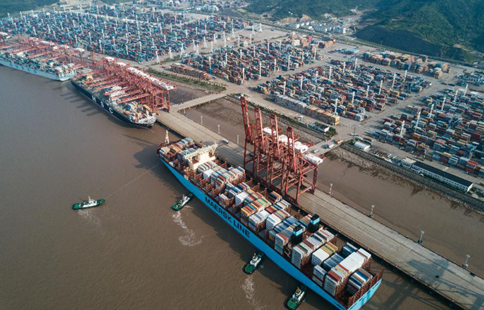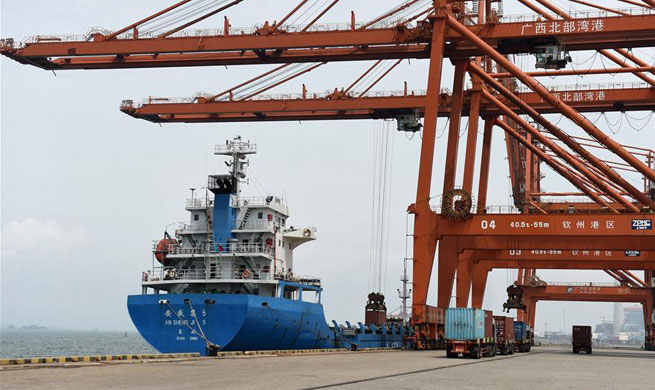WASHINGTON, May 10 (Xinhua) -- Cases of drug-resistant tuberculosis (TB) are expected to increase in four of the world's highest burden countries over the next two decades, a new study by the U.S. Centers for Disease Control and Prevention (CDC) has found.
Currently, nearly 40 percent of all drug-resistant TB cases occur in Russia, India, the Philippines, and South Africa, accounting for more than 230,000 cases of drug-resistant disease in 2015, said the study published this week by the journal Lancet Infectious Diseases.
Using a mathematical model that brings together data from multiple sources, it estimated that by 2040, 32.5 percent of TB cases in Russia, 12.4 percent in India, 8.9 percent in the Philippines, and 5.7 percent in South Africa would be multidrug-resistant, or resistant to more than one of the first-line drugs for the disease.
This compares to almost a quarter of cases in Russia, 7.9 percent in India, 6 percent in the Philippines, and 2.5 percent in South Africa in 2000.
More importantly, the study found that person-to-person transmission, rather than inadequate or ineffective treatment, will increasingly drive the epidemic over the next two decades.
As a result, "we cannot focus solely on curing people with tuberculosis or drug-resistant tuberculosis if we want to halt the epidemic," Aditya Sharma of the U.S. CDC, who led the study, said in a statement.
"Even if we prevent new drug-resistant infections, there are enough current cases to keep the epidemic going, and drug-resistant tuberculosis will continue to be an increasingly dangerous threat so long as resistant strains spread through the air from one person to another," Sharma said.
To reduce the burden of drug-resistant TB, the study recommended that treatment be coupled with ways to prevent spread of the disease, such as early detection, reducing the number of patients who do not complete treatment, and providing tailored treatment depending on which drugs the strain is susceptible to.
Although TB is a treatable airborne infectious disease, the use and misuse of antibiotics, such as using the wrong drug, or not completing the full course of treatment, has resulted in TB bacteria developing drug resistance.
Latest figures estimated that one-third of the world's population is infected with TB, and 10.4 million people become sick with active TB disease each year.

















